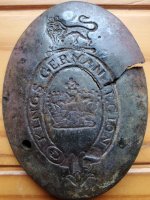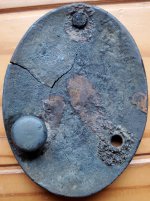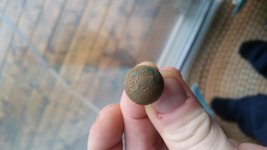Demonye
Tenderfoot
- May 25, 2019
- 5
- 33
- Detector(s) used
- Minelab Explo
Tesaro silver
Fisher 1280x
- Primary Interest:
- All Treasure Hunting
I found this and was wondering is anyone Has any ever heard of any of the kings German legion fighting in Canada?






 I have read about the King's German Legion fighting in the Napoleonic Wars but never heard of them being on this side of the pond.
I have read about the King's German Legion fighting in the Napoleonic Wars but never heard of them being on this side of the pond.
